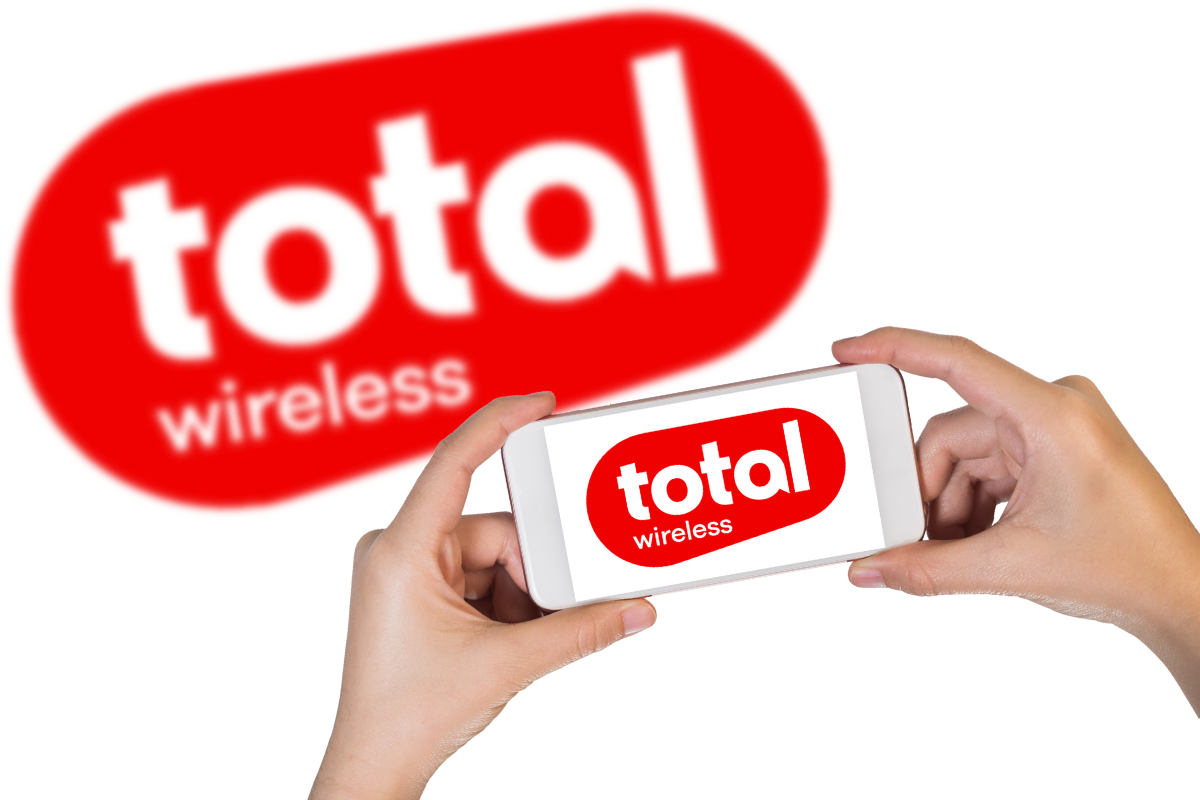Clark’s Tips To Save Money on Home Internet in 2025 – Technologist
Are you paying for too much internet speed in 2025?
We all want to have quick browsing and smooth streaming on our devices at home, so there’s definitely a “minimum speed” that you’ll want to buy to ensure that you’re getting quality service.
But money expert Clark Howard says many of us may have fallen victim to some shrewd marketing from the cable and phone companies that control much of the home internet access in the United States.
“They have been pushing higher and higher speeds, creating this perception in our minds that we need these faster and faster internet services in order to do all the things we want to do in our home,” Clark says. “And what do they do along with that? They keep moving the price per month higher and higher.”
So how do we take control back? Let’s look at some of Clark’s tips for getting the best value on your home internet plan.
How To Save Money on Home Internet in 2025
We’ve established that many internet service providers are simply charging too much money in 2025. So what can you do about it?
Clark has some ideas for a self-assessment to see if you’re getting the most for your dollar.
1. Test Your Internet Speed for Free
First thing is first: Let’s find out what type of speeds you’re actually getting with your home internet.
Gathering this information will help you determine:
- If you’re currently getting the speeds you’re paying to receive
- If you’re paying for speeds that you don’t really need (more on that later)
Team Clark has an article to help with conducting this test properly. But, the short version is that there are several free speed tests available that you can use to get a sampling of the speeds at which your device is downloading and uploading content via your home internet.
These speeds are measured in Megabits per second, which is abbreviated as Mbps. Once you’ve reached 1,000 Mbps, you’re now receiving what’s called a Gigabit. This level of speed is often referred to as “gig internet” in marketing campaigns.
You’ll probably want to test with a few of the free tools and do it at various times of day (connectivity can vary based on outside variables) to get a true feeling for what you’re actually receiving.
Once you’ve determined an approximation of your current speed, start answering these questions in your head:
- Do the speeds I’m receiving match the speeds I’m paying my service provider to provide?
- Am I happy with the consistency of the performance of my home internet?
- Does my current setup support all of my household devices in use simultaneously?
- Am I able to stream all of the content I desire without buffering or interruption?
If your answer to any of the above is not a resounding “yes,” you may need to be shopping around for internet anyway.
2. Consider Throttling Down Your Speed
Now that you have a realistic view of your current internet speed and how it’s meeting your needs, it’s time for an honest assessment.
Do you really need the gig speed you may be paying for?
Yes, it’s true that “faster is better” when it comes to internet download and upload speeds.
But, for the average person who just wants to stream Netflix and surf the internet at home, there’s a point of diminishing returns.
“Unless you’re a gamer, where you really have that need for enormous capacity, you’re fine at 300 Mbps,” Clark says. “You may even be fine at 100 Mbps. You can likely stream all you want at that speed.”
That may be hard to believe, but it’s usually true.
Team Clark has a list of the download speed requirements for most of the popular TV streaming services, and you may be surprised to learn that many of them require 10 Mbps or less to get a quality stream. Even high-data streaming in 4K usually only requires around 25 Mbps.
If that’s your top ask of your internet service, you may be able to dump gig pricing and not even notice.
At a minimum, you’ll want to check your existing provider’s pricing chart to see if you may be able to save some cash by asking them for a lower top-end speed.
But you may want to take this a step further and comparison shop with some of the emerging competitors in the space.
3. Consider Leaving the “Usual Suspects” for Home Internet Service
The majority of homes receive high-speed internet through either a traditional cable or phone service provider.
For example, Comcast (doing business as Xfinity) and AT&T (offering Fiber internet) are two of the largest home internet providers in America. Clark says these two love hooking you in with promotional pricing on superfast internet speeds with the hope that you won’t bother to shop around once they start charging you full price.
You may have some emerging options in your area that could save you money.
First, for those of you who may still desire Gig-level speeds: Check to see if Google Fiber internet has made it to your area. Clark says they have a habit of undercutting the traditional providers by 20-30% once they move into a market. You can search by your address here.
But if you’ve followed the steps above and determined that you can survive with lower top-end speeds than you’ve been paying for, you may be able to save even more money by considering one of the wireless phone service providers who are now in the home internet space.
Two of Clark’s favorite choices in this space are Verizon and T-Mobile.
With prices as low as $35 per month for speeds of up to 300 Mbps, they could offer significant financial relief on your home internet bill.
Team Clark’s Dallas has reviewed both of these services here:
- Verizon Wireless Home Internet
- T-Mobile 5G Home Internet
These services don’t require a long-term contract, meaning you can test them out before canceling your existing service.
And, even if you don’t commit to one of them, you may be able to use them as leverage to get your existing provider to price match in an effort to keep your business.
Do you have tips for saving money on internet? We’d love to hear your thoughts in the Clark.com community.
The post Clark’s Tips To Save Money on Home Internet in 2025 appeared first on Clark Howard.


